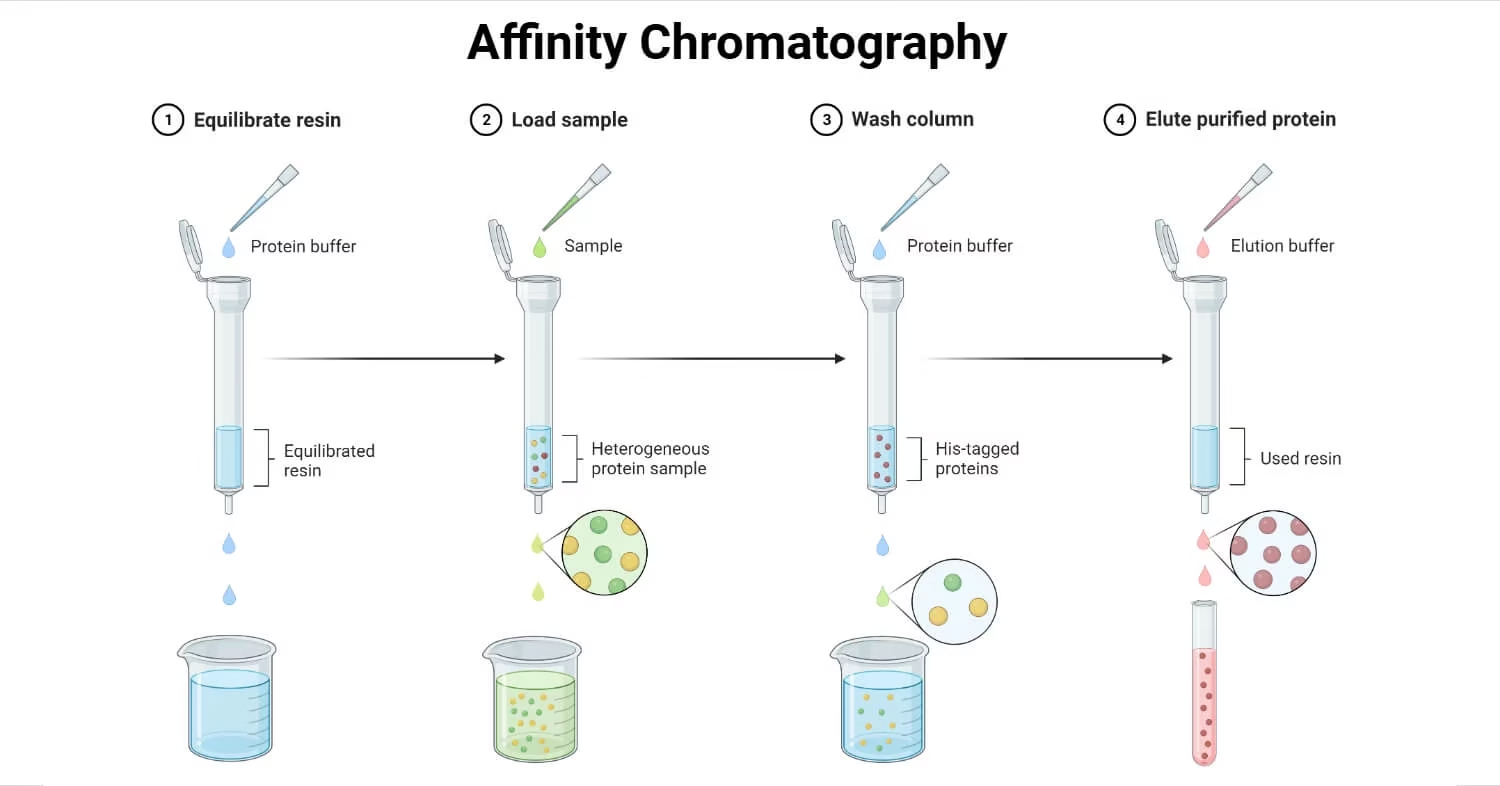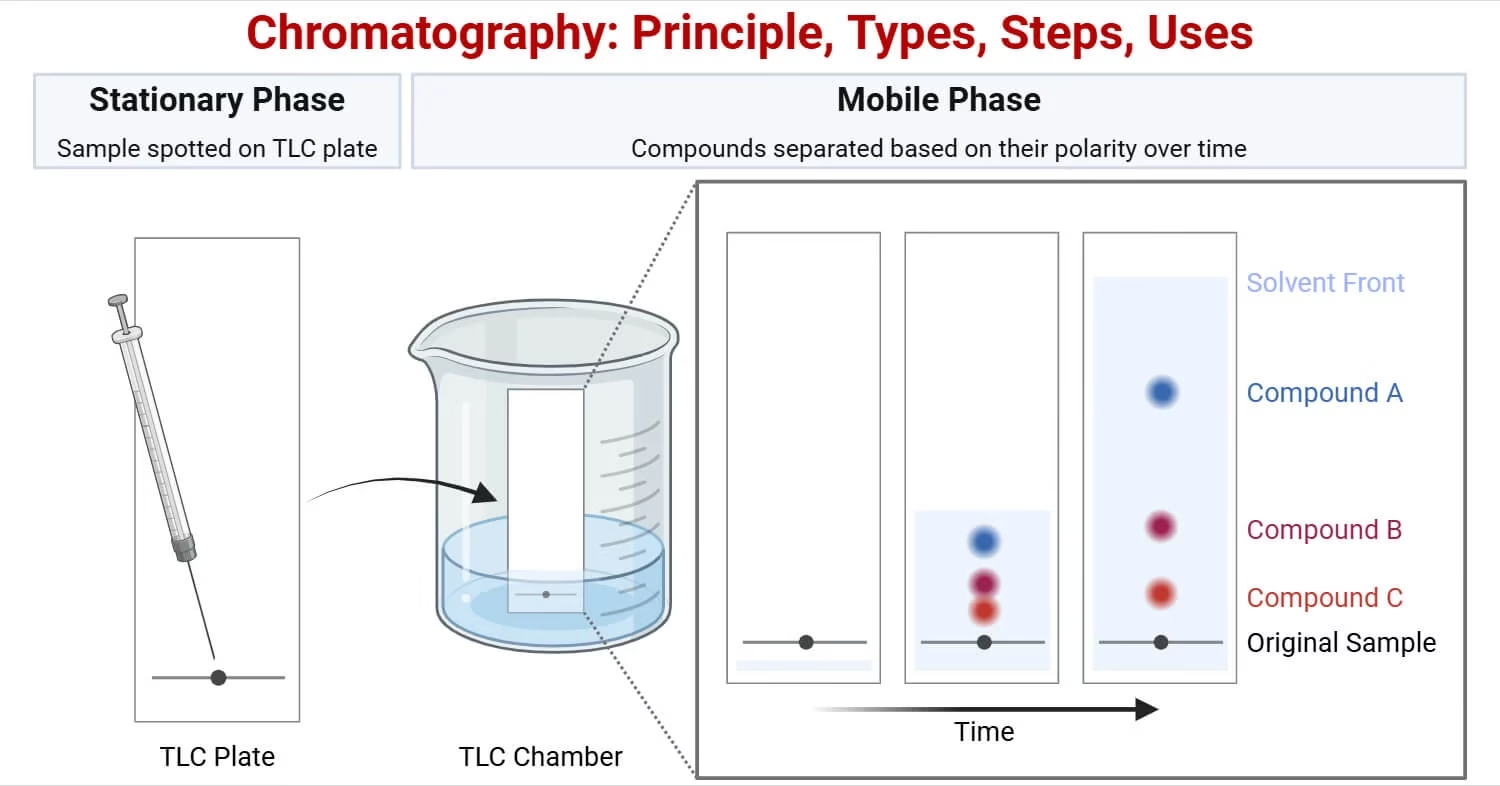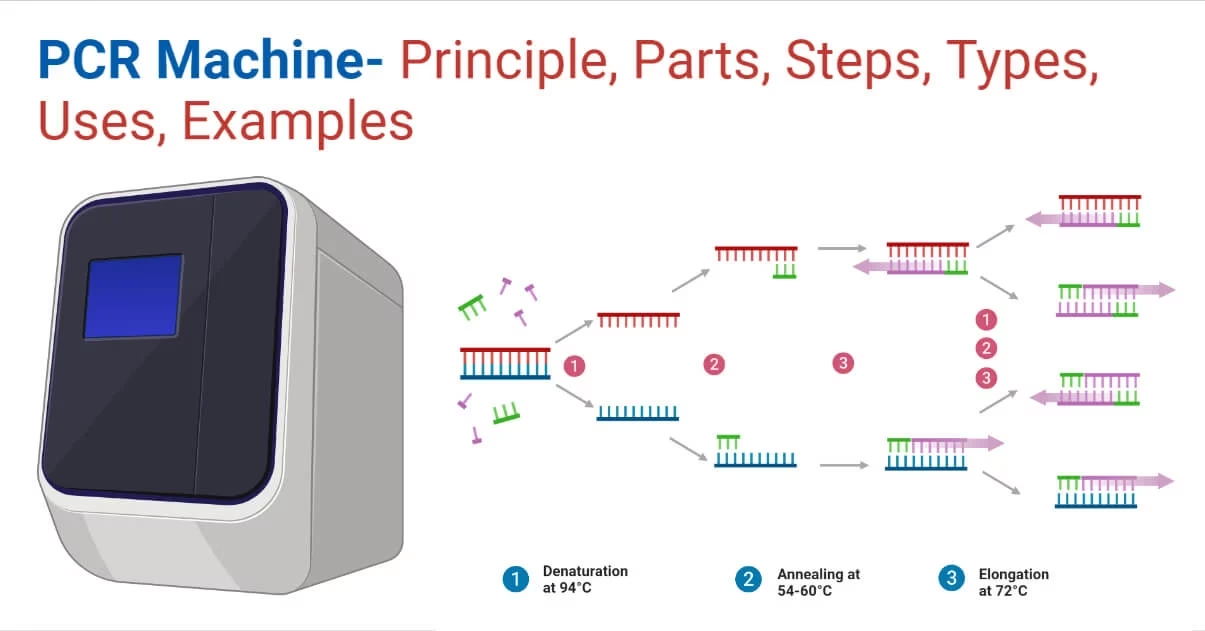Bunsen Burner – Principle, Parts, Types, Flames, Applications, Advantages & Precautions
The Bunsen burner is one of the most common and essential pieces of laboratory equipment. It produces a controlled, smokeless, non-luminous flame used for heating, sterilization, and combustion in various scientific experiments.









